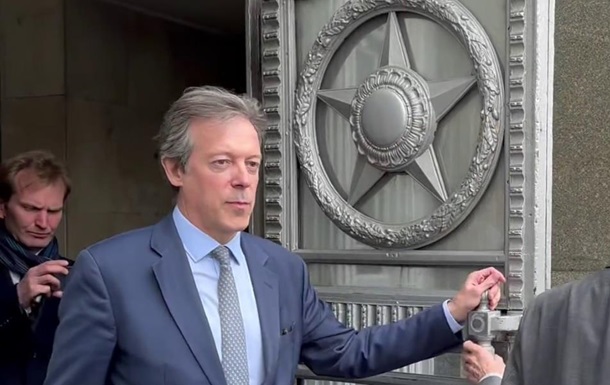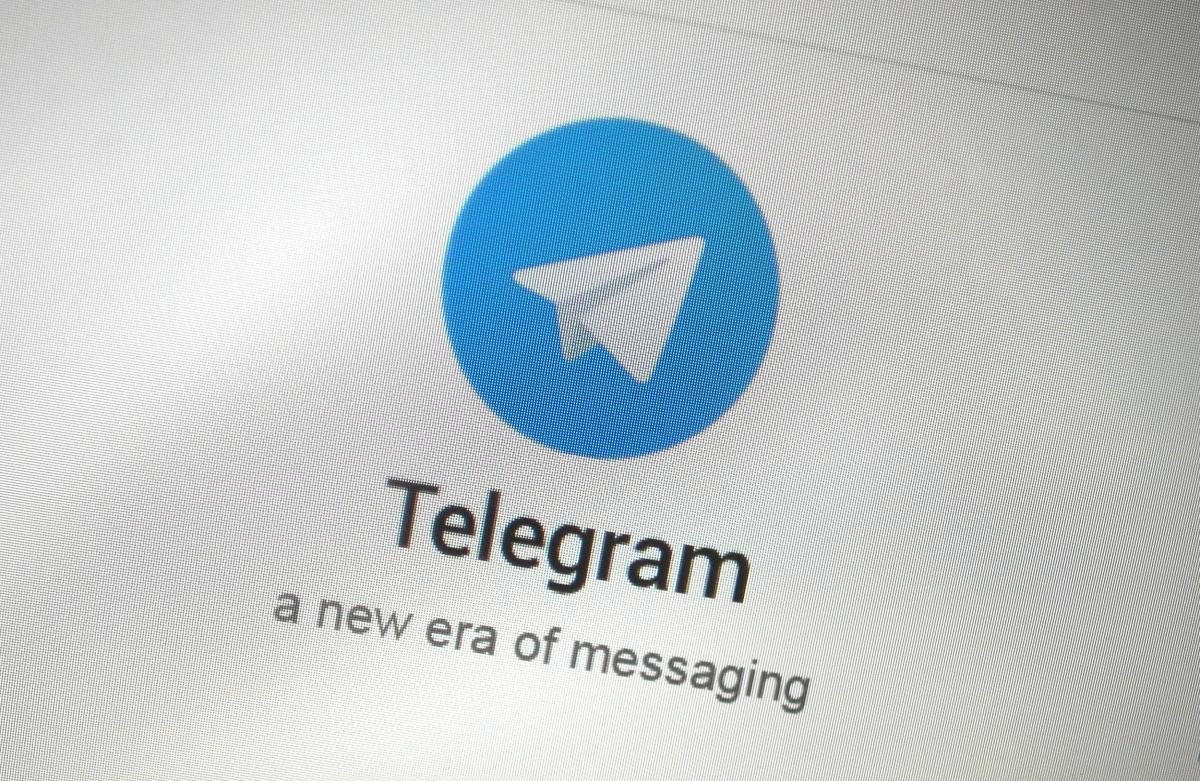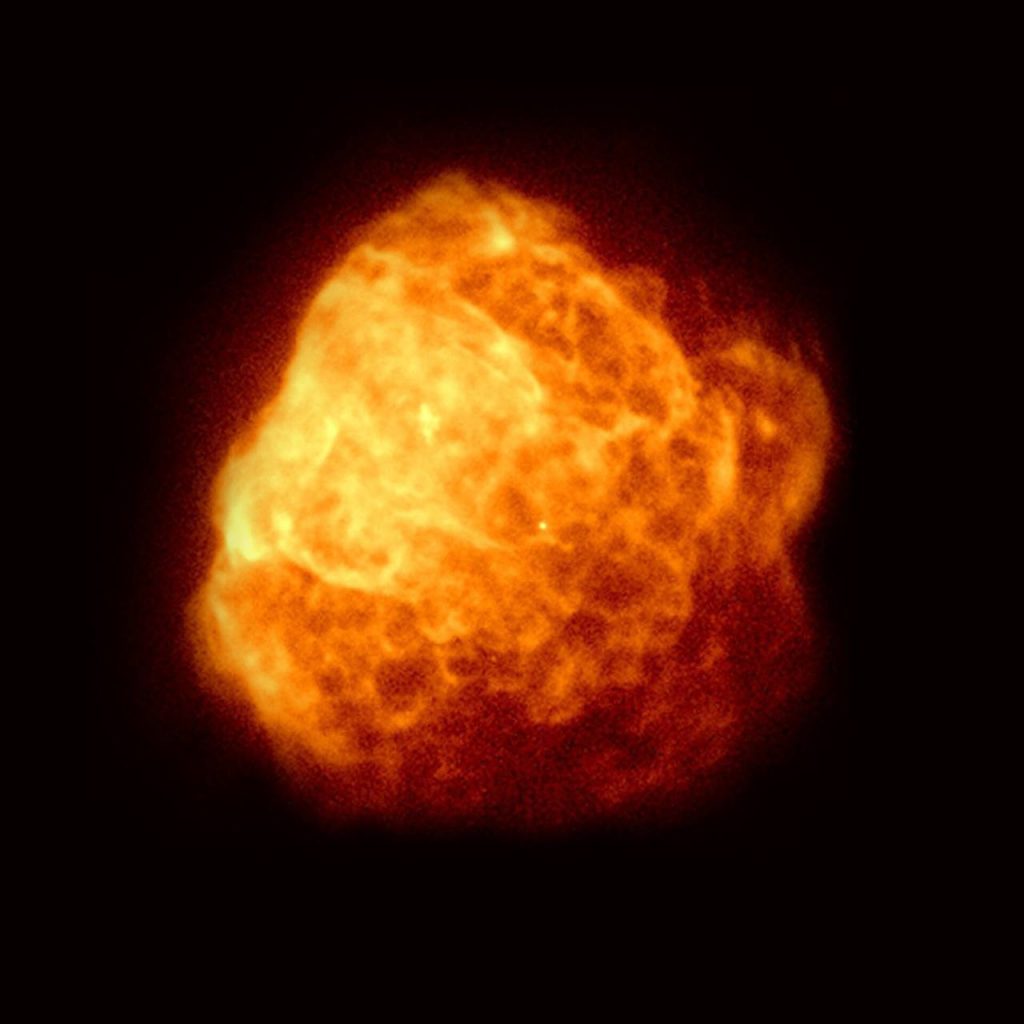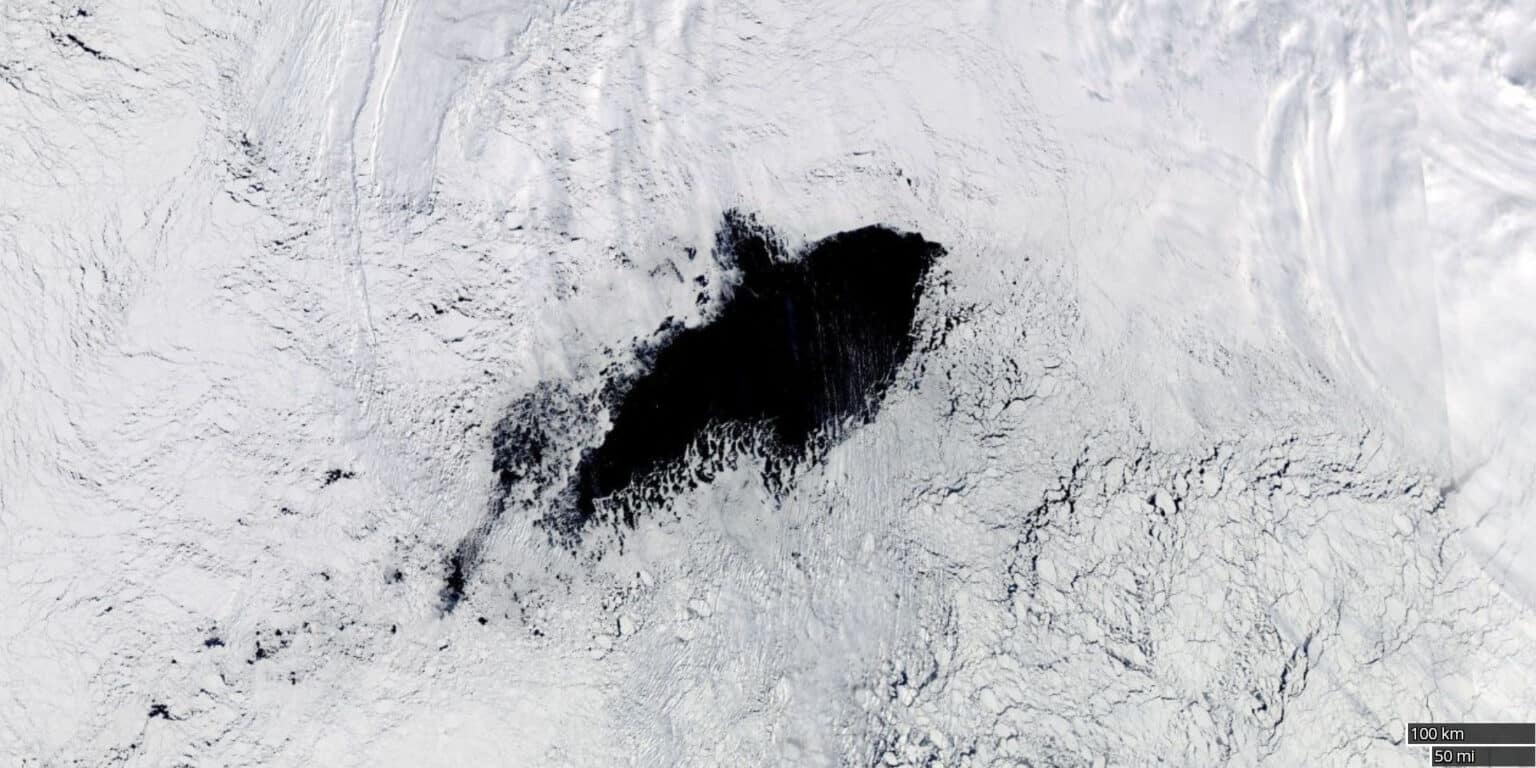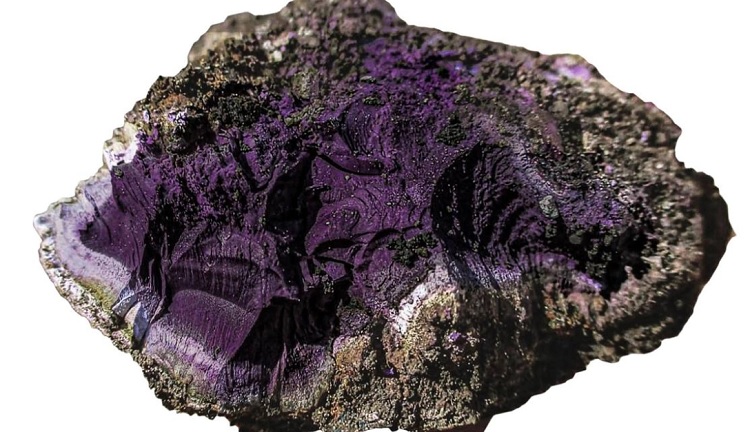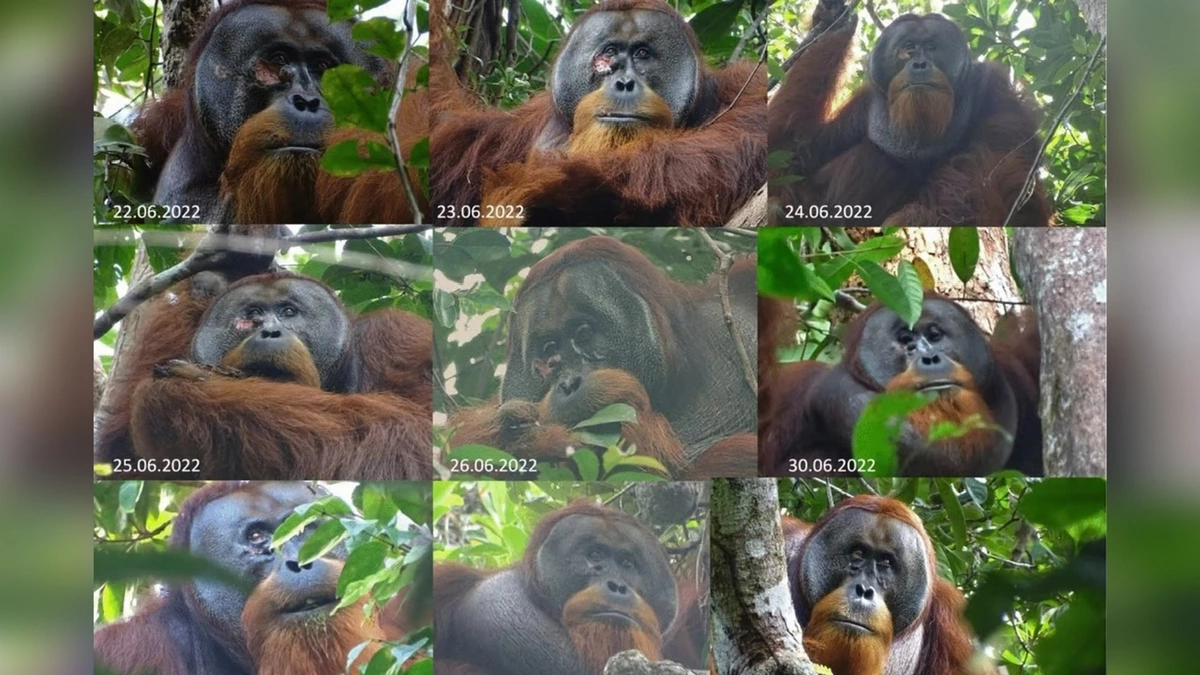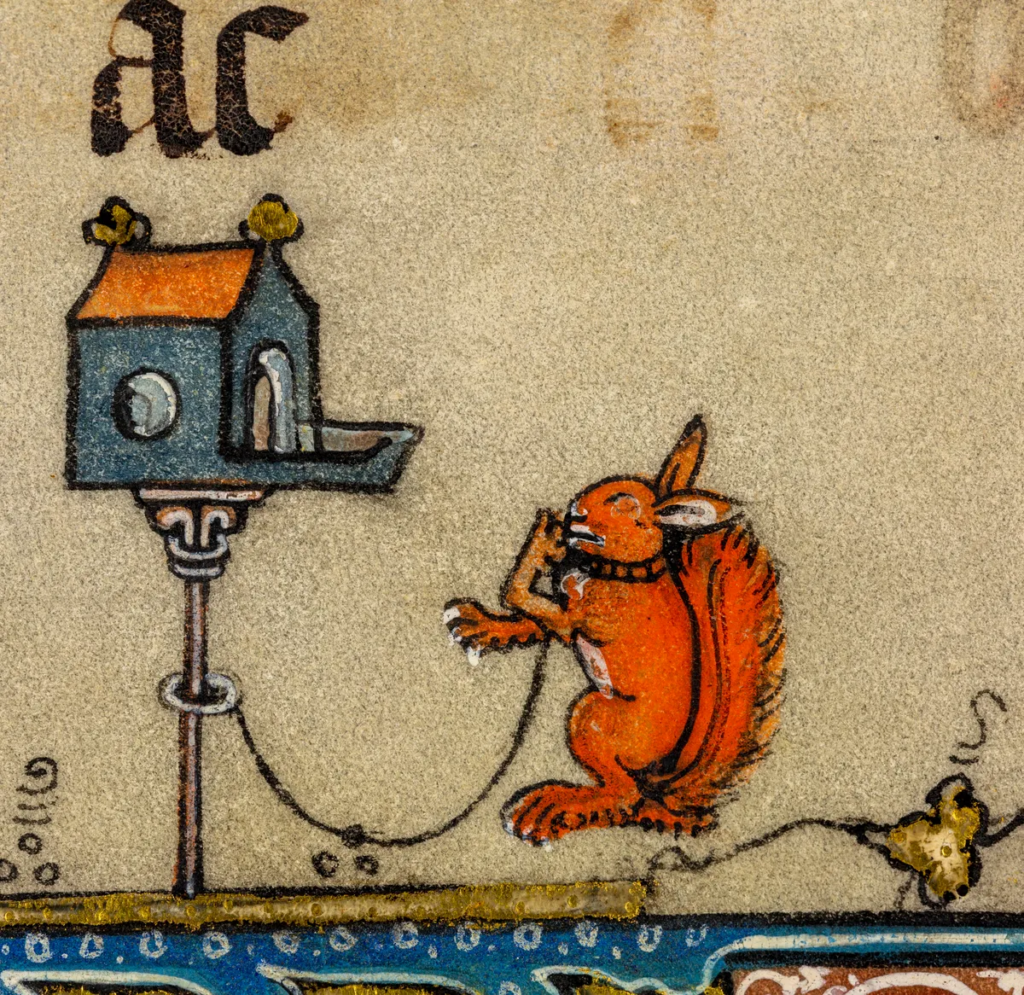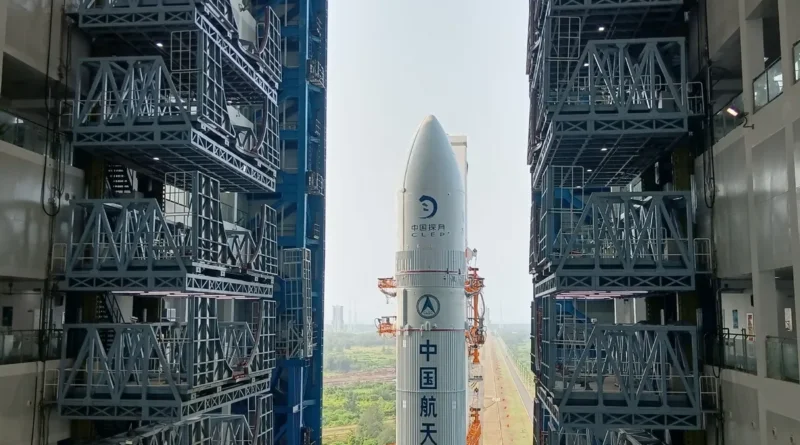For the past few months, the most distant human-made object has been in trouble: Voyager 1 was still communicating with Earth, but scientists were getting nothing but binary gibberish. The situation looked extremely serious - so serious that it could mean the end of a decade-long mission. But thanks to hard work, the team managed to understand the problem on board and even find a solution to it.
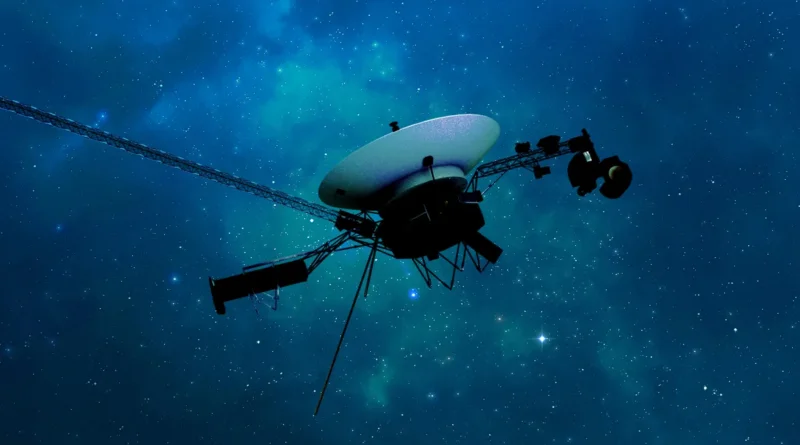
For the first time since November 14, Voyager 1 has transmitted scientific and engineering data that can be understood. At the heart of the problem is the Flight Data System (FDS), one of the probe's on-board computers. This device packages all the data - from the onboard system or from the science systems - before transmitting it to Earth.
In March, the team sent a query to the spacecraft and received another strange message. But this time it contained everything in the FDS's memory, all its code, as well as scientific and engineering data. Thanks to this, they were able to understand the problem and find a solution: There is one faulty chip that stores part of the FDS memory and part of its code.
We can't just repair a chip on a spacecraft 24 billion kilometers (15 billion miles) from Earth. So the team had to move the broken code elsewhere and tweak it so that the system would function instead of using the broken part.
Given the distance, it takes a long time to get something to the probe and back. Voyager 1 is 22,5 light hours away. They sent the first amendment on April 18th and received a response on April 20th - and it seems to have worked. They received clear data.
This is extremely good news after months of hard work and uncertainty. The team is working to complete a complete restructuring of the FDS software. Once this is completed, Voyager 1 will resume its science mission to collect data from interstellar space.
Voyager 1 and its twin spacecraft Voyager 2 are the only two man-made objects to have crossed the heliopause, the region where the solar wind and interstellar wind are in equilibrium. They have been traveling through interstellar space for many years, sending data to Earth. And, we hope, will continue to do so for a long time.
NASA's planned budget for the following years indicates the desire to continue the Voyager mission beyond its 50th anniversary in 2027.


 353
353